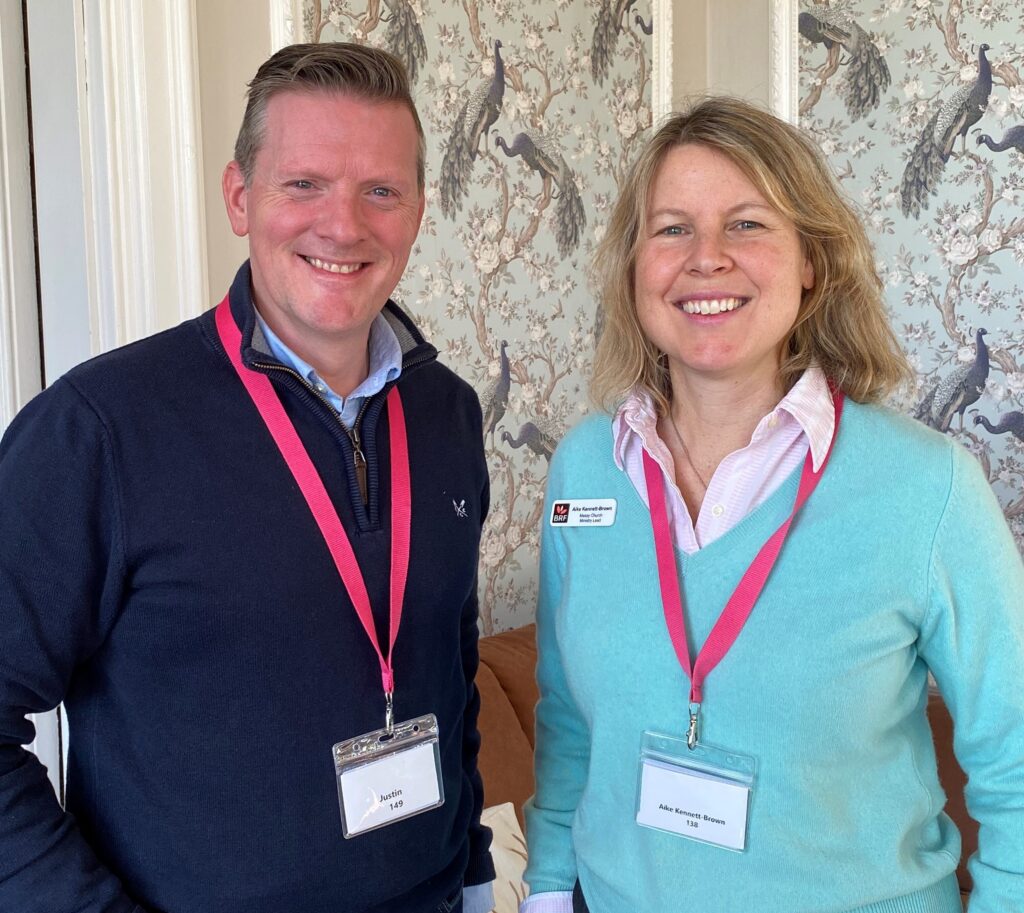A totally subjective and exclusive reading of the brilliant Church Army’s recent report The Day of Small Things gives us plenty of food for thought. The report is looking at different fresh expressions of Church (fxC).
The Messy Church summary is on page 124:
‘[Messy Church] is the most common type (33% of included cases), more than twice as common as café churches and towards three times as common as church plants. Messy Churches score highly in drawing the non-churched, less than average for the de-churched and among the lowest for drawing existing Christians. They mainly start to provide diversity and to contact unreached people groups, attracting only slightly more children than adults. Most start-up teams are of 3-12 people, but they are the most likely to choose the rarer size of 13-19. They have a high net growth ratio, but having reached a certain size, nearly half will plateau. 89% remain within the sending parish, dominantly draw from the neighbourhood, and 87% meet monthly.
‘Three quarters of the leaders are female, mainly lay and more than average lay-lay [people with no centralised formal training or official authorisation for their specific task]. 73% have a local leadership team and most are taking some steps towards self-financing. However, 1/5th have taken no steps towards any three-self maturity goals [see below for more detail]. In terms of ‘the word’, 79% have some form of talk, but a higher emphasis falls on storytelling and creative activities. Very few have small groups. They are the least likely to have held a Communion and 2nd least likely to have had a Baptism. They lag behind other types too in providing steps in discipleship, though 66% have done something. They are also below the average for the three most popular routes in evangelism (building relationships, inviting people to their fxC or to other events), yet over half of them are doing these. The chief take-up is from the central tradition as its most popular choice, and by the evangelical tradition. The mortality rate is second lowest at 4.4%.’
Another observation to take note of: ‘We also assert from our qualitative studies of other new initiatives that similar distortions have occurred over what counts as clusters, café church, cell church or Messy Church. We detect a disturbing tendency for increased use of any new label that becomes popular to be in inverse proportion to accurate understanding of its meaning. The same could be said for the use of the word ‘mission’ in parish and diocesan literature. It is almost now there by default, and as has been said: ‘when everything is mission, nothing is’.’
A recommendation: ‘Messy Churches and their leaders are helped by a regional system of Coordinators and Messy Fiestas. 21 dioceses are now in a position to know, through this overall research and its diocesan reports, that they have a discernible set of a particular type of fxC, and there would be advantage to gather such a group together for mutual learning and wider mutual accountability. In particular, all such meetings would provide support given to the voluntary lay leader, and would also address issues of either ecclesial or missional vulnerability.’
Messy Church: ‘The prototype began in 2004 and within ten years has seen 3000 more registered worldwide. Its values are Christ-centred church, for all ages, drawing on human instincts for hospitality, creativity and celebration. Its popularity has led to unwise unthinking copying, and splendid creative adaptation. BRF, its sponsors, have taken a light touch to this but wish it were well understood.’
A few facts pulled out of the wealth of data:
Prevalence: Messy Church is the most common type of fresh expression of Church (fxC): there are 360 Messy Churches (MCs) across the 21 diocese researched and the next highest figure of a particular type of fxC is Café Church at 151. But MC only makes up about a third of the whole fxC picture.
Training: Not many fxC leaders have done training, and it’s unknown whether those that have done training have done it as a result of diocesan policy or because the BRF MC team advocated it.
London: London Diocese is unusual to have roughly only half the percentage number of Messy Churches that other diocese have (16% cf. 32%).
Starting year: Rather bafflingly, 11 MCs began between 1992 and 2005. (Baffling as the first named MC didn’t start until 2004!)
Numbers coming: 64% of MCs have between 30 and 69 attenders.
People coming: 45.2% of attenders are thought by the leaders to be ‘non-churched’; as a comparison, church plants were found to contain 19.5% ‘non-churched’. MCs contain 22.3% ‘de-churched’ people, and 32.5% existing Christians. MCs tend to be more ‘neighbourhood’ than ‘network’.
Reason to start: ‘Most often Messy Church is motivated by a local desire for growth; they rate third highest for providing diversity, and third highest about an unreached people group as their reason to start an fxC.’
Team size: Most (63%) MCs have a team size between 3 and12.
Nearly all (98.1%) MCs are ‘runners’ (rather than grafts, transplants, seeds).
All ages: The three most significant groups (MC, child-focused church and church for the under 5s) have on average 48% adults and 52% under 16s.
Leaders: Male: 26.2%; female 73.8%; ordained 41.9%; lay 58.1% ; lay-lay 51.4% (in other words a lot of lay-lay leaders).
Three-self progress: Self financing 61.4%; self governing 72.5%; self reproducing 30%; not at this stage 20%.
Sharing Scripture: An interesting feature here is storytelling in MC. It features in 91.5% of MCs, whereas the average across all fxC for storytelling is 58.7%. MCs are almost least likely to encourage devotional reading.
Communion, baptism and confirmation: MC is about the least likely to do these of all fxC.
Discipleship: MCs are least likely to run courses, small groups or encourage people to serve on teams. But 66% of MCs are taking at least one step down the road of discipleship.
Evangelism: Considering Enquirers Course, Building relationships, Members share their stories, Invite to worship, Invite to events, Acts of service—MC scores are low compared with other fxC. ‘That said, over half of Messy Churches are engaged in building relationships and inviting others to join their worship or special events. The other two types are not far behind. It might seem that in these types an external evangelistic need and inner confidence to do so are inversely related, or it may be that only certain types of evangelistic approach fit with the style of these fxC’.
Traditions: MCs are less likely to occur within evangelical and anglo-catholic traditions.
MC is among the least likely form of fxC to die.
You may also like

Creating Safe Spaces
25th Nov 2024As our media fills up with stories of abuse and coverups within religious organisations, it was very timely that children and family ministry denominational leaders met to discuss ‘Safeguarding’ at the Children’s Ministry Network Conference November gathering at High Leigh Conference centre.

Woman at the Well
3rd Nov 2024After a busy 3 day of leading seminars, networking, and being on the Messy Church stand at Church of Norway conference, I had the opportunity to visit a sauna, called The Well, Oslo. It’s the Nordic region’s largest Spa in Scandinavia, with baths, saunas and spa treatments from all over the world.

Seaside Sojourn
21st Oct 2024It seems that I always get booked to deliver in-person training at seaside locations. This trend continued last weekend, as I headed off to the coastal village of Seaton, Devon.

Our Survey Said…
7th Oct 2024Back in February 2024, Church of England kindly sponsored a survey, completed by 330 Messy Church leaders. This is what we...

